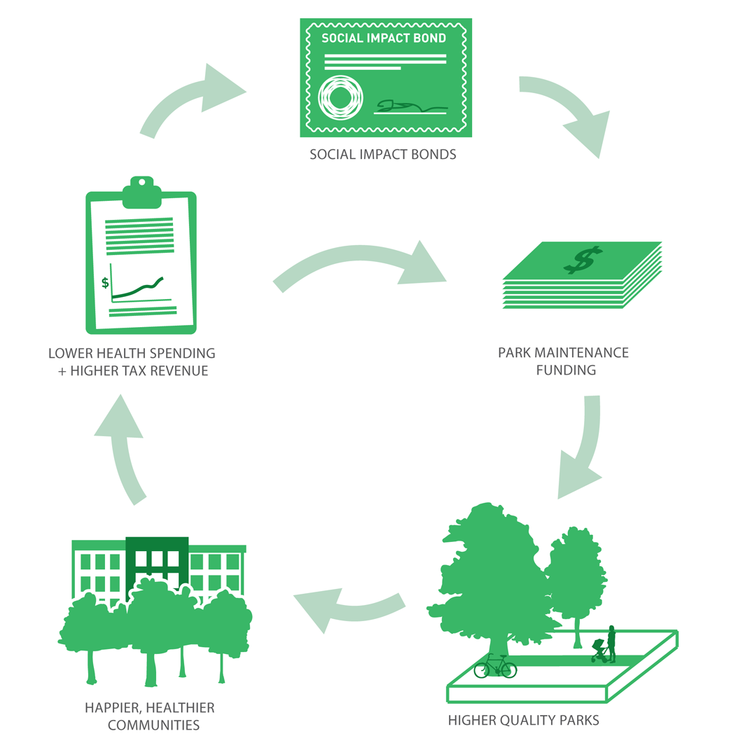
Municipal budget structures and political cycles favor new construction and inadequately fund park maintenance. The difference can be extreme — the capital budget for the Parks Department is $1.3 billion and the maintenance budget is about $300 million. And though a state of good repair may be less sexy than a ribbon-cutting, thriving open spaces provide long-term social benefits like community resilience and improved public health.
Park maintenance must be understood as an issue of equity. Capital dollars can be accessed with relative equality for new work, but the same cannot be said for maintenance dollars, which increasingly come from neighbors and philanthropies. While conservancies may work well in neighborhoods abutting Central Park and along the High Line, they don’t work in lower-income communities like Inwood or Corona, where parks suffer from neglect.
I propose the City create ‘social impact bonds’ to leverage private sector capital to finance critical improvements in our city parks. Clean and safe open spaces can create great savings for city government by lowering rates of obesity, lowering crime rates, or protecting low-lying communities from flooding. If we can monetize the benefits of open space for public health, as well as offset disaster relief expenditures with the savings generated by resilient green infrastructures, we can begin to fund maintenance today.
If we are a truly racially, ethnically, and economically diverse city, we have to make sure a shared vision of our city exists not just for our wealthiest citizens but for our low-income communities as well.
Image: Urban Design Forum.